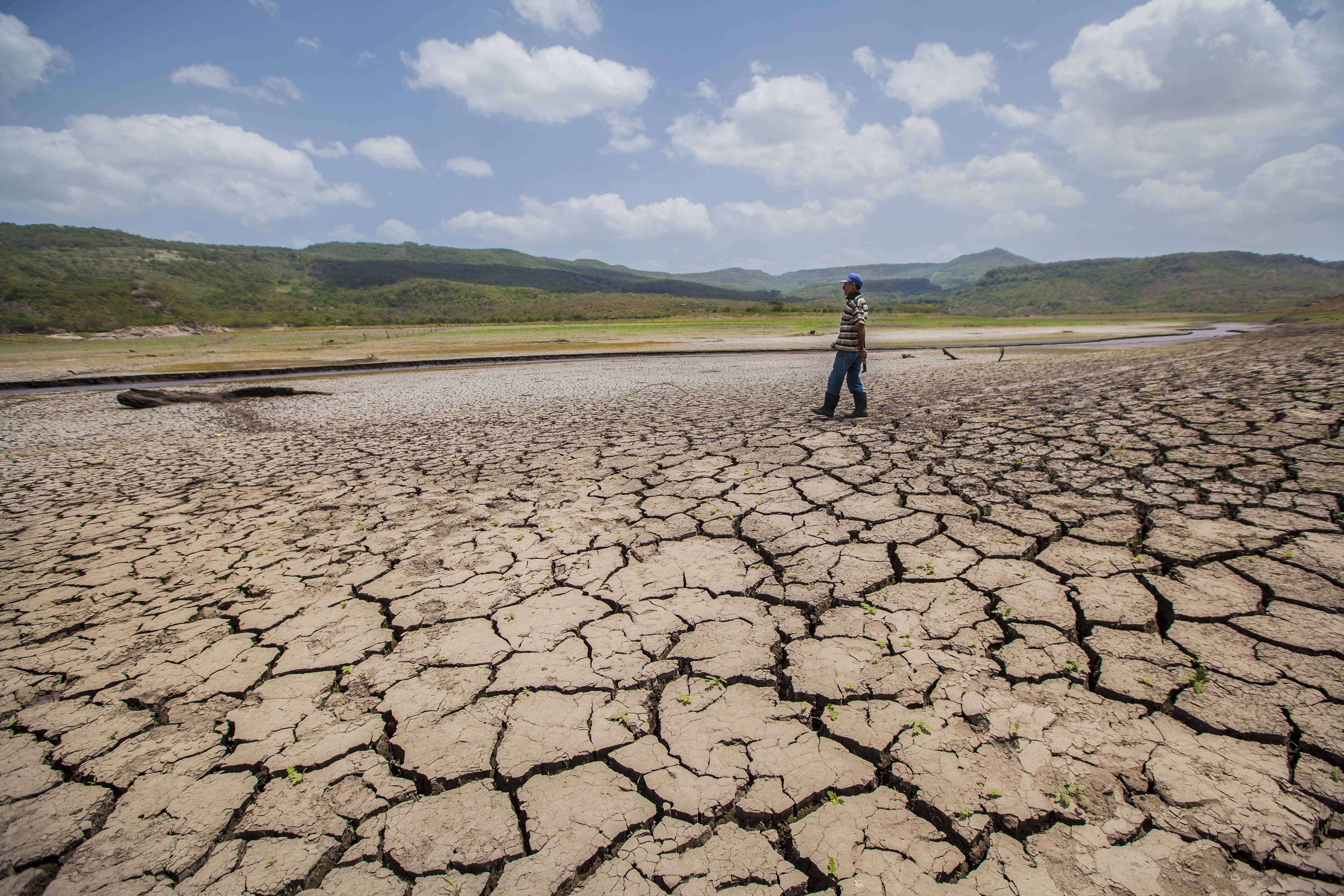This year begins with a drought throughout Costa Rica. According to experts from the National Meteorological Institute (IMN), the situation is mainly caused by the effects of El Niño.
“The different forecast sources are consistent in that the El Niño phase would present a strong intensity between January to March 2024,” the Institute indicated in a report. “The influence could extend even until March and May, with an intensity that is not yet so clear,” the meteorologist explained.
Likewise, the Caribbean Sea and North Atlantic continue to have extremely warm temperatures. This condition is expected to continue from January to March. The sea is 1.5 degrees Celsius warmer than normal.
“As for the monthly climate outlook for rainfall for the January – March quarter, deficit conditions are estimated, -15%, specifically in the Northeastern Zone, South Caribbean, and North Caribbean,” the IMN said. This period will present the dry season in the Pacific slope, Western North Zone, and Central Valley.
Based on the Drought Early Warning System managed by the IMN, the meteorological drought condition is maintained in: the Southern Caribbean, the Northern Caribbean, the Northern Zone (Eastern and Western), the North Pacific in the cantons of La Cruz, Liberia, Carrillo, Santa Cruz, Bagaces, Cañas, and Tilarán; the Central Pacific in the cantons of Quepos and Parrita; the South Pacific in the cantons of Golfito and Corredores; and the Central Valley in the cantons of Cartago, El Guarco, Paraíso, Oreamuno, and Alvarado.
“From the annual total (up to November), the first thing you notice is that there was no surplus in any region of the country. On the contrary, we see the predominance of relatively dry conditions mainly in the Caribbean,” highlighted Luis Alvarado, from the Climatology Unit.
“While on the Pacific side, it is noteworthy that no region ended with a significant shortage despite the El Niño phenomenon,” he mentioned. According to IMN data, from January to November 2023, there was no rainfall surplus in any region. Deficit or surplus between -10% and +10% is considered within normal.
The meteorological drought that begins in 2024 may affect sectors such as agriculture and energy. “For this reason, the institutions are taking action, and I call on the population to make a rational use of water,” said Alejandro Picado, president of the National Emergency Commission (CNE).






